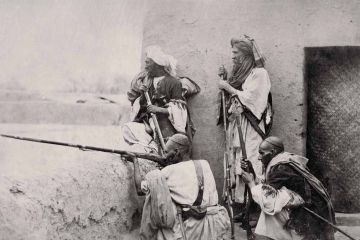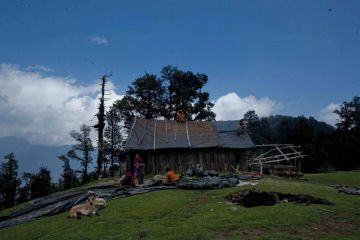The camera goes into forbidden terrain, capturing the agonies and
ecstasies of an unfortunate and often misunderstood community. Location: Sagar and Mangal theatres in Modnimb, western Maharastra,
just an overnight drive from Mumbai, the modern megapolis. Here, some 10 people comprising young girls, their mothers, and their younger
siblings live in extreme proximity, huddled in a 10ft x 10ft room. Their
valuables are neatly stacked in rows of shining metal boxes. Pictures of their favourite
Continue reading “Dancing on the edge of extinction”
Read this story with a subscription.





